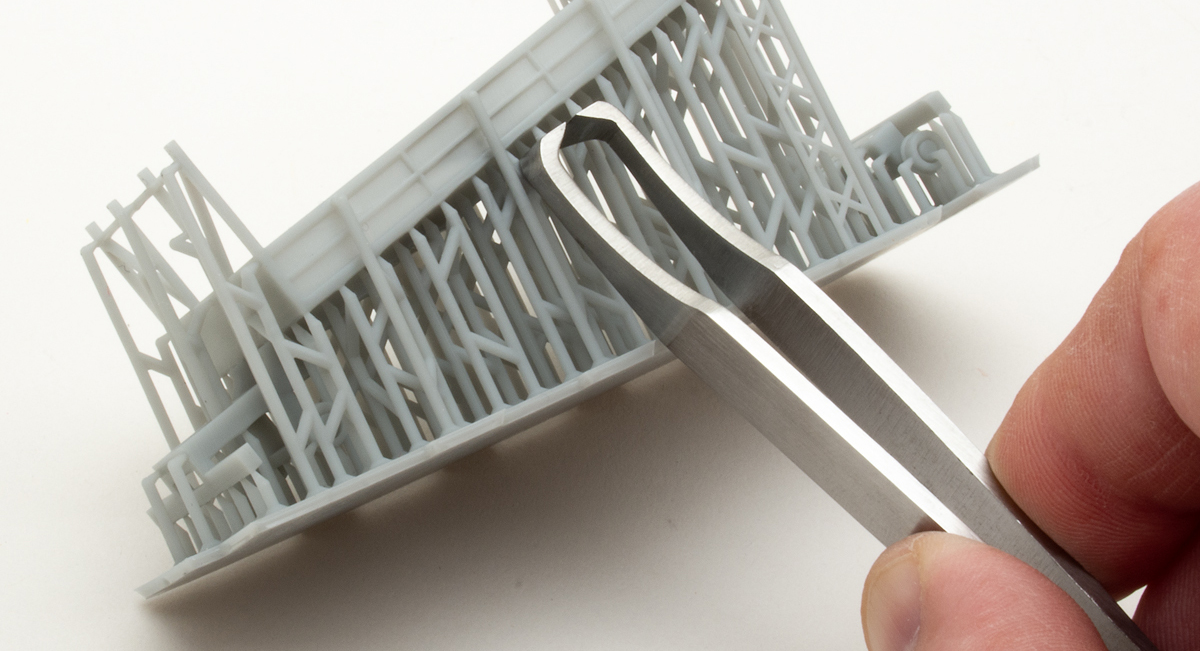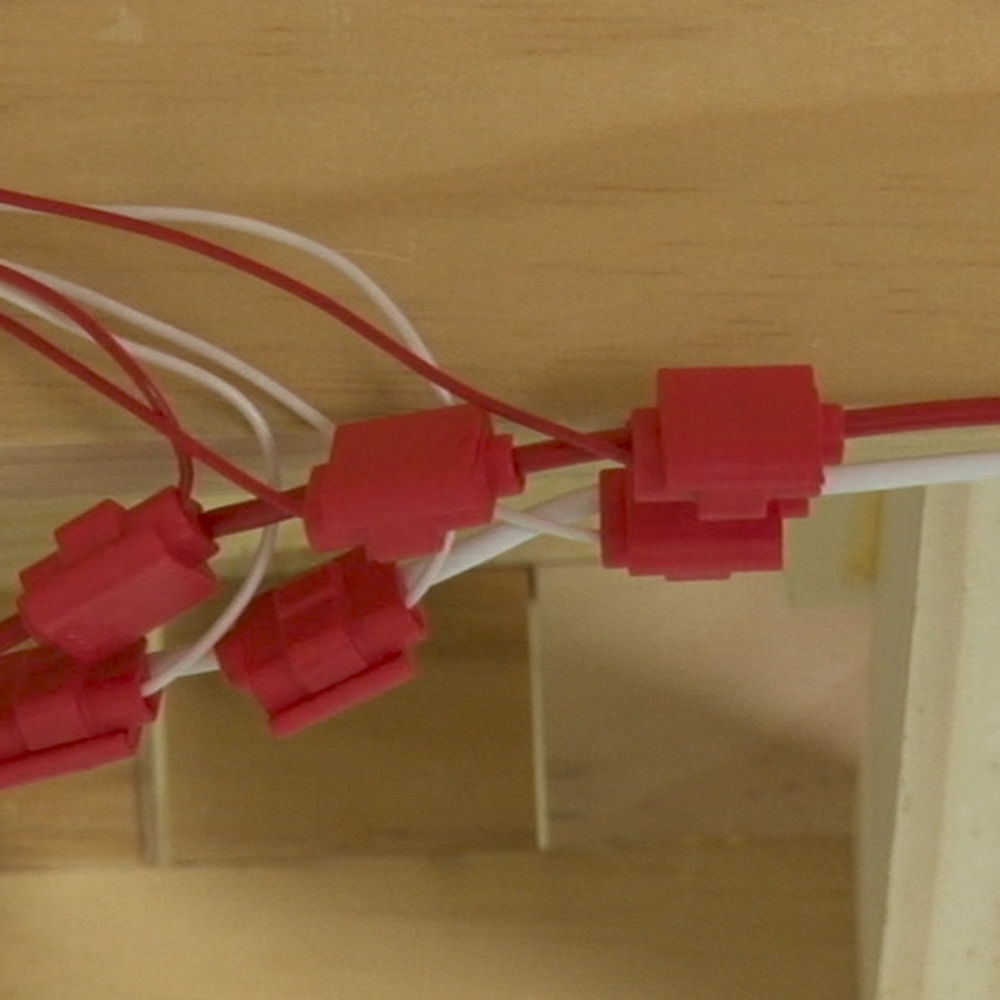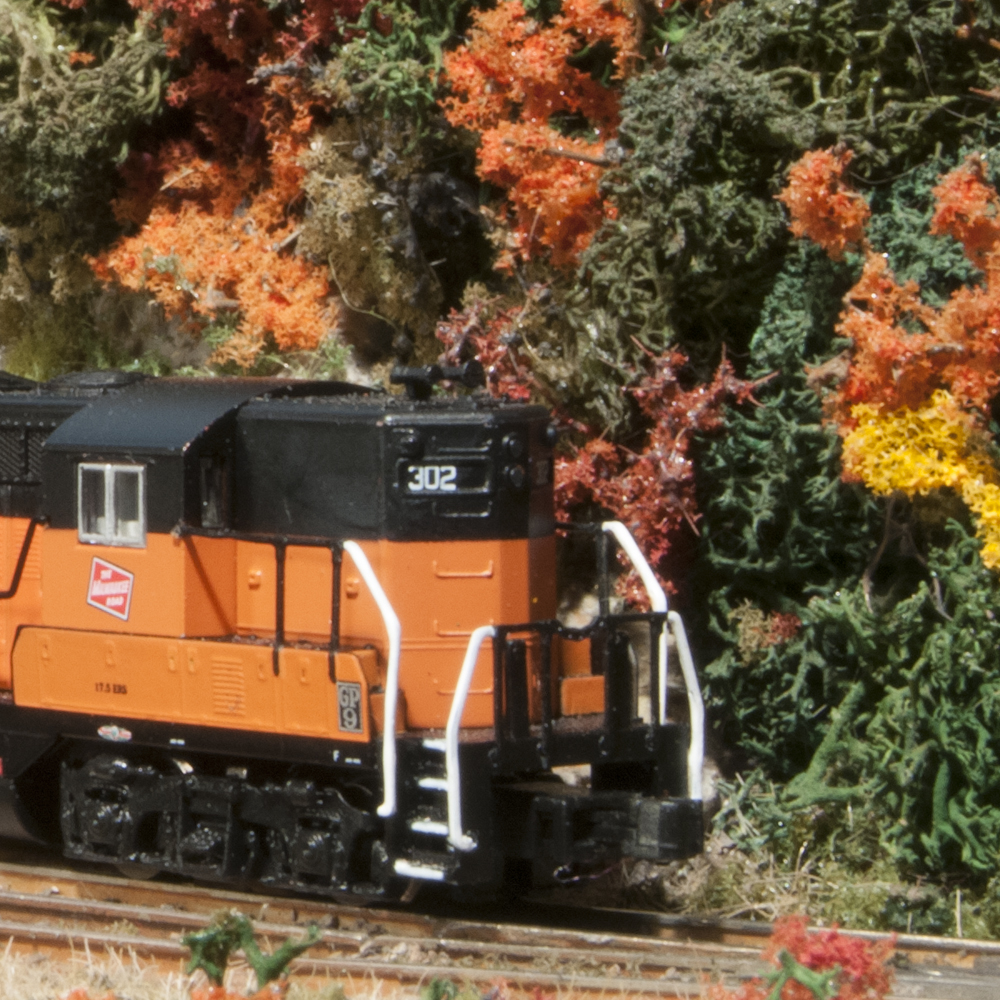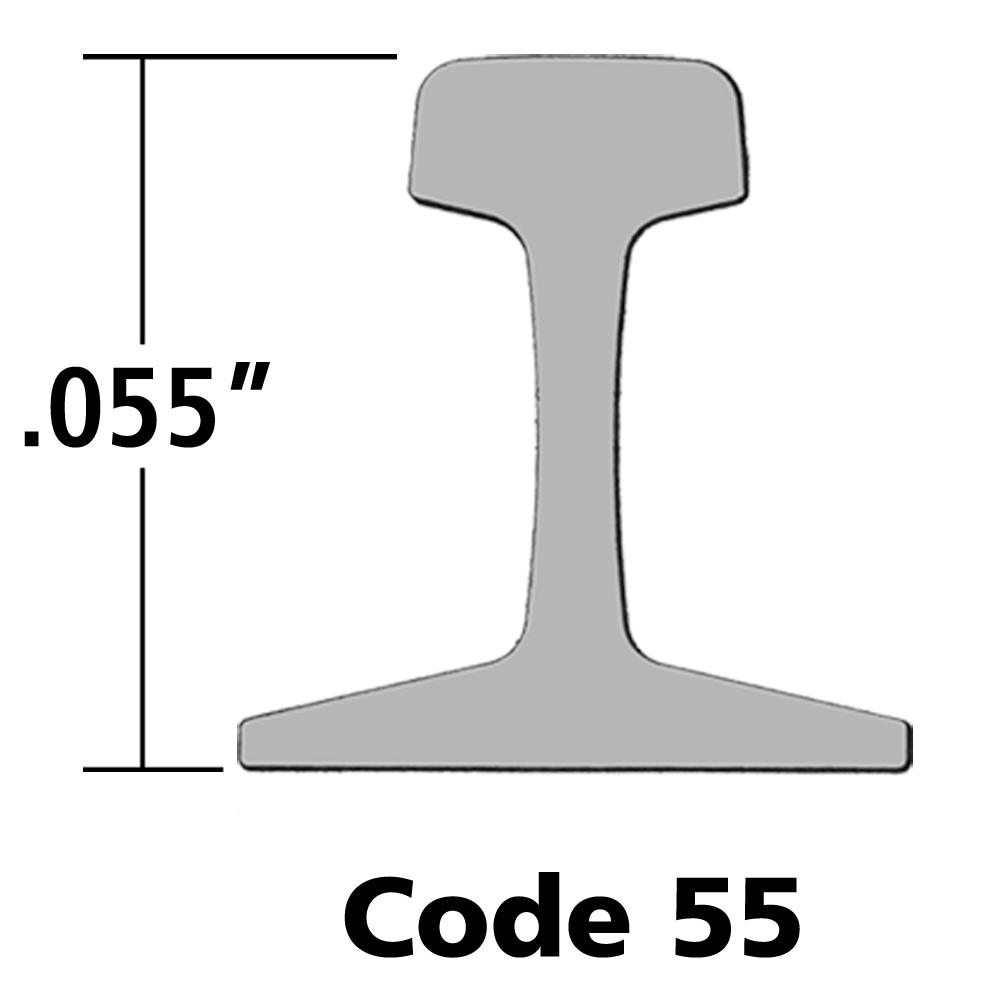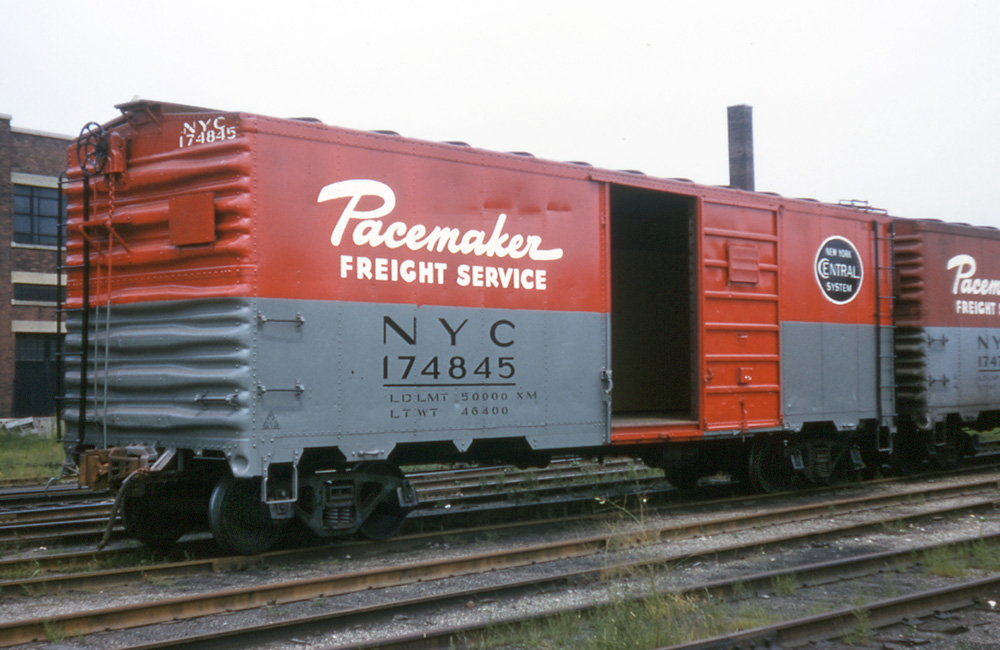
Q: I model the Missouri Pacific and am familiar with its fleet of dedicated Eagle Merchandise Service boxcars. These cars were not to be used in interchange service and remained on home tracks. How many other railroads had a similar service, and what were they called? – Carl Storms
A: While relatively few railroads had fleets of captive-service boxcars dedicated for the purpose like MoPac did, virtually all common-carrier railroads had their own version of less-than-carload-lot (LCL) service. Also called merchandise, package, and break-bulk freight, LCL service would ship small consignments – anything from a single case of breakfast cereal to a keg of nails to industrial equipment weighing several tons – via a network of depots, freight houses, and transfer terminals.
Such small shipments required a lot of personnel and handling, and merchandise cars often ran less than half full. But these parcels were billed at a much higher rate than carload freight, which meant that LCL was often an appreciable profit center for the railroads.
Merchandise freight operated on a hub-and-spoke system much like modern-day parcel services such as UPS and FedEx. Consignments would be collected at the local freight house or combination depot. From there, the daily local freight would pick them up along with parcels from other depots along its route and take them to the nearest large transfer depot. There, the boxcars would be offloaded and the parcels sorted for their destinations. They were then bundled up and sent off to the transfer house closest to the destination. (Some railroads had reusable LCL containers for this purpose, a precursor to modern-day containerized freight.) There, the reverse would happen, as the bundles would be broken down, sorted again, and shipped out on the daily local to be dropped at the destination freight house, depot, or team track. This was not a door-to-door service; the consignees would have to come to collect their shipments.
Most railroads outfitted certain boxcars with special fastenings inside to secure the smaller parcels and containers. These cars were lettered for merchandise service and kept on home rails. A few larger railroads, like the MoPac with its Eagle Merchandise Service, came up with names and paint schemes to advertise their LCL service. Among those were New York Central with its Pacemaker service, Baltimore & Ohio’s Timesaver, and Southern Pacific’s Overnight service. Pennsylvania RR didn’t have a fancy name for its service but did come up with an eye-catching billboard paint scheme for its Merchandise Service boxcars.
For more information about LCL operations, check out Jeff Wilson’s book Express, Mail & Merchandise Service, which is available at the Kalmbach Hobby Store.
Send us your questions
Got a question about modeling, operation, or prototype railroading? E-mail it to us at AskTrains@Trains.com. Include your full name and hometown and put “Ask MR” in the subject. Click here to read more Ask MR articles.






